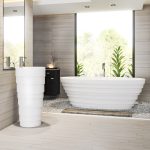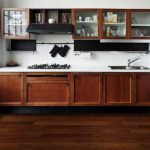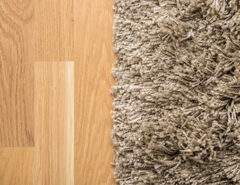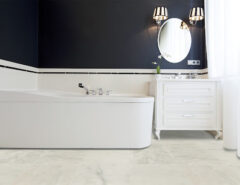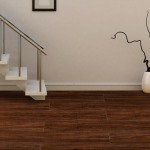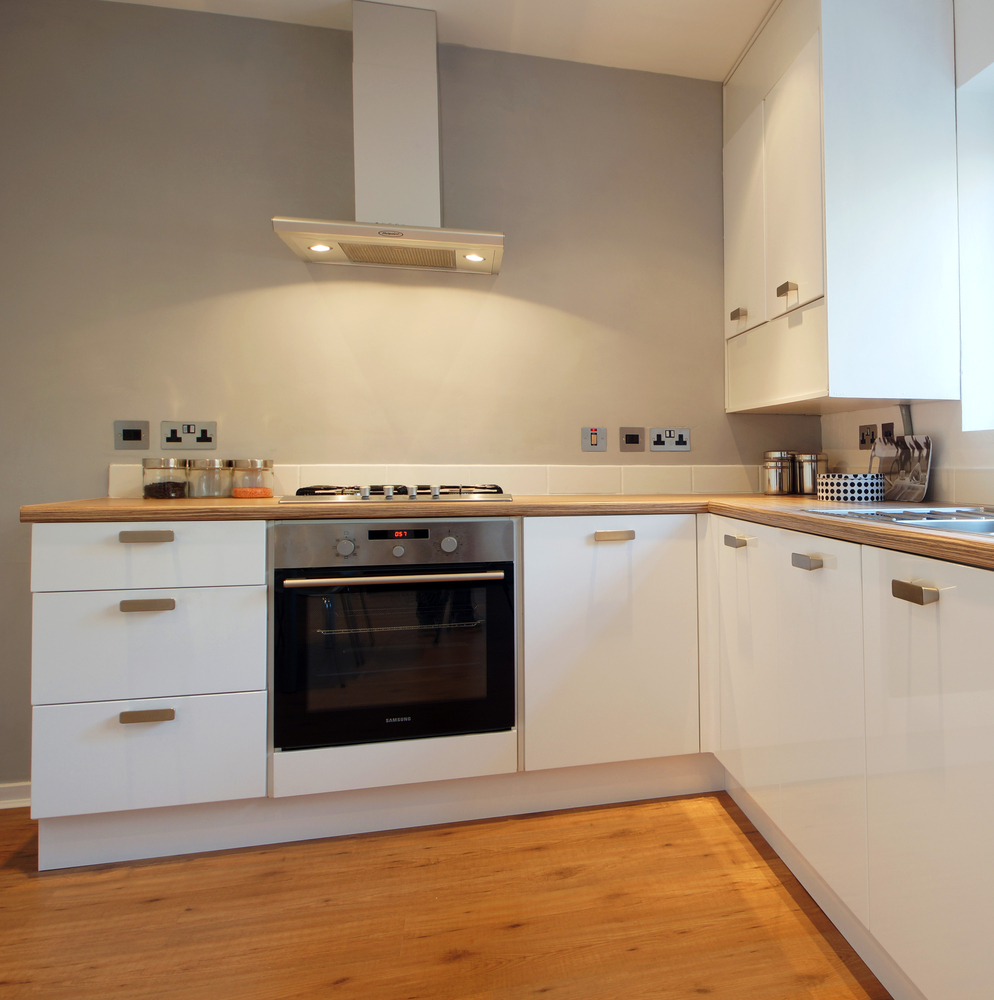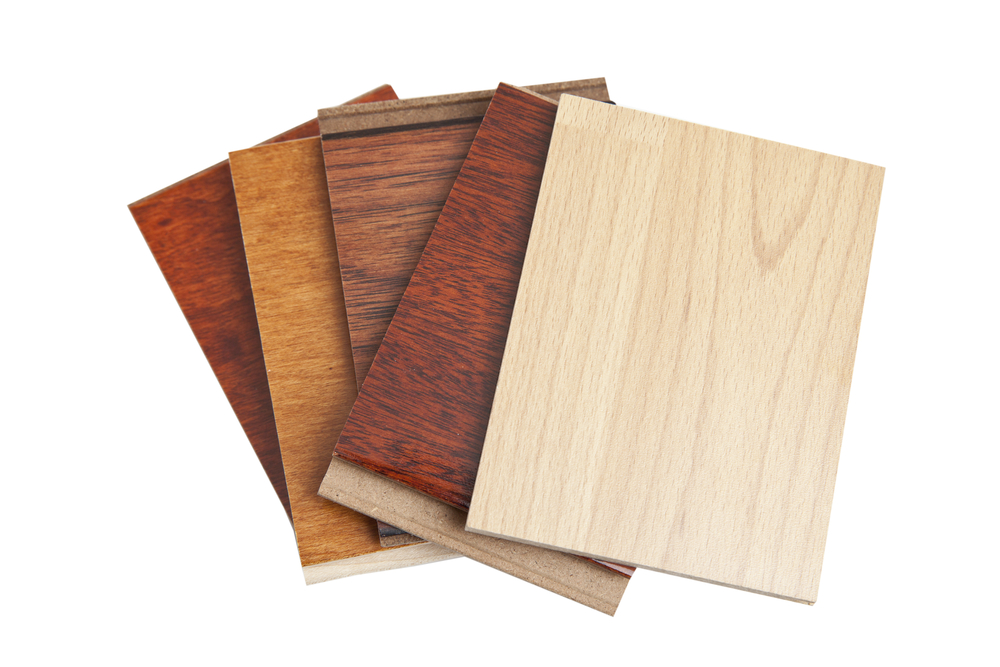When looking at the composite decks that are available, the choice of product out there is pretty large. Considerations include colour availability, materials, warranty, dimension, coverage, span and, of course, looks.
One question I hear often is regarding hollow (engineered) deck boards vs solid deck boards: what’s going on?
The simple answer is: not a lot. Deck boards are rated for strength over spans through standardized test procedures. So whether a board is hollow or not, from a strength perspective you need to see how it is rated to make plans for spacing your joists. Hollow boards are typically engineered to more efficiently use less material to create a strong or stronger board than a solid board.
There is a visual component that concerns some regarding the look of the deck board ends. Obviously, wood decks are not hollow and the aesthetic of deck boards being solid is difficult to shake. To overcome this, there is usually a number of options for addressing this including finishing strips or fascia boards.
Some decks also require a solid board as the plans call for some to be routed. This is one application where a solid board is the only choice.
Given the similarities in application and the cost saving associated with a hollow board (less material), you may ask why solid boards are so prevalent in the North American market. The reason seems to be perception. As mentioned before, wood decks are solid and the first composite deck boards on the market were all solid. This seems to have created an image in the minds of many consumers that that is what composite decking is. Whereas, in Europe and Asia, engineered hollow boards have broad acceptance.

